How To Make A Lava Lamp In A Cup! Instructions Here.
How to make a lava lamp in a cup! Instructions here.
More Posts from Funscienceexperiments and Others

Materials: 1. Water 2. A clear plastic bottle 3. Vegetable oil 4. Food coloring 5. Alka- Seltzer Steps: 1. First, pour water into into the plastic bottle until it's one quarter full 2. Next, pour vegetable oil until the bottle is nearly full. 3. Then, wait until the oil and water have separated. 4. Next, add 12 drops of any food coloring of your choice into the bottle. 5. Then, watch as the food coloring falls through the oil and mixes with the water. 6. Finally, cut a Alka-Seltzer tablet into 6 smaller pieces and drop one of them into the bottle. Lesson: Oil and water do not mix, so the oil stays on top because it has lower density than water. The piece of Alka-Seltzer tablet releases carbon dioxide gas that rises and takes the colored water to the top. The gas escapes and, thus, the colored water falls down. Alka-Seltzer fizzes because it contains citric acid and baking soda, which are reactive with water creating sodium citric acid and carbon dioxide.
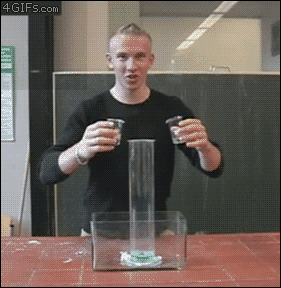
What happens when Hydrogen peroxide is mixed with potassium iodide

Materials: 1. Baking Soda 2. Vinegar 3. A Container to Hold Everything 4. Baby Food Jar 5. Red food coloring 6. Liquid dish washing soap 7. Clay Steps: 1. First, create a cone/ volcano shape out of clay. 2. Next, put the jar into the volcano at the top. 3. Then, add 2 spoons of baking soda 4. Next, add a spoon of dish soap 5. Then, add 10 drops of the food coloring. 6. Finally, add an ounce of vinegar into the container. Lesson: The baking soda is a base while the vinegar exist as the acid for the experiment. When they react, they create water and carbon dioxide. The reason the "lava" fizzes is because the carbon dioxide is escaping from the solution.
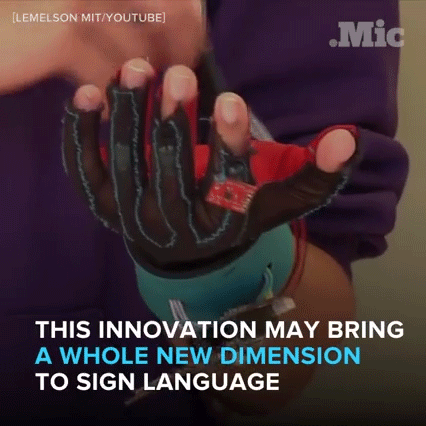
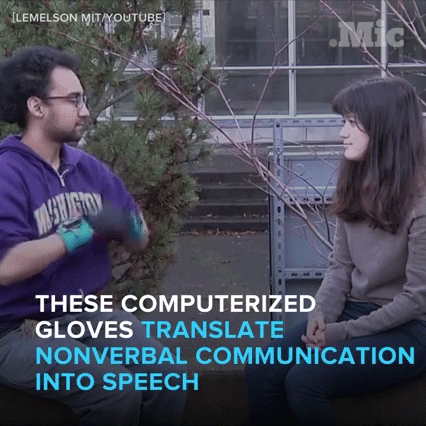
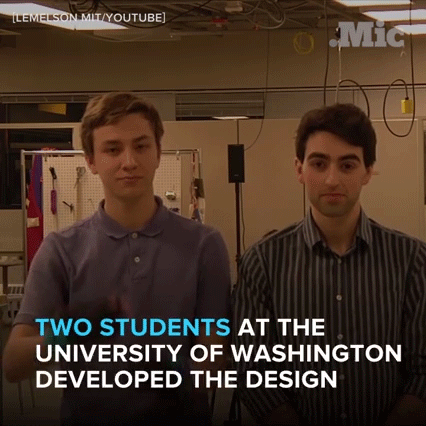
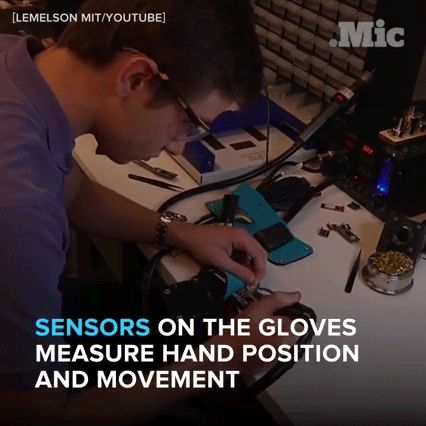
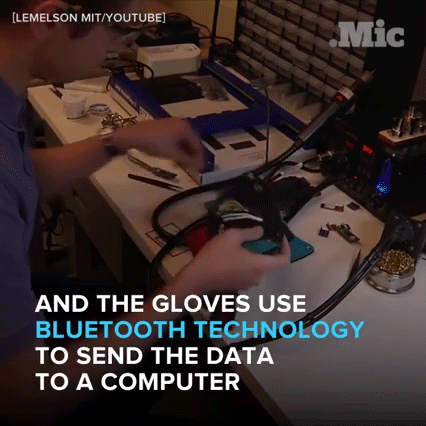
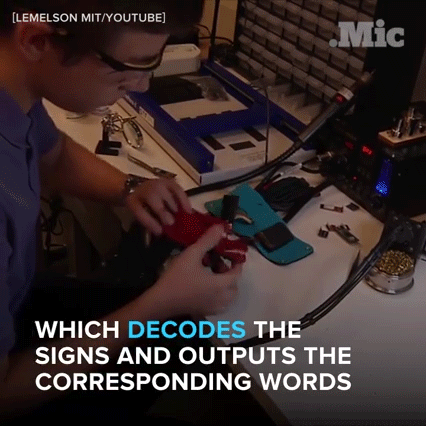

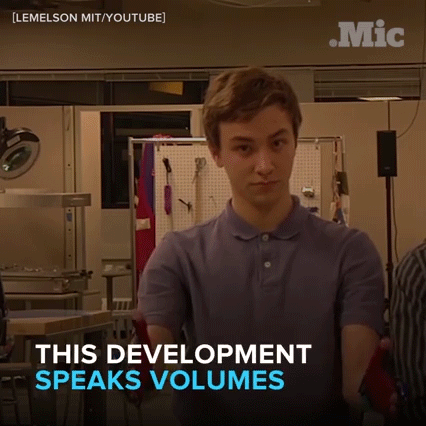
High-tech gloves translate sign language into spoken words - Full video
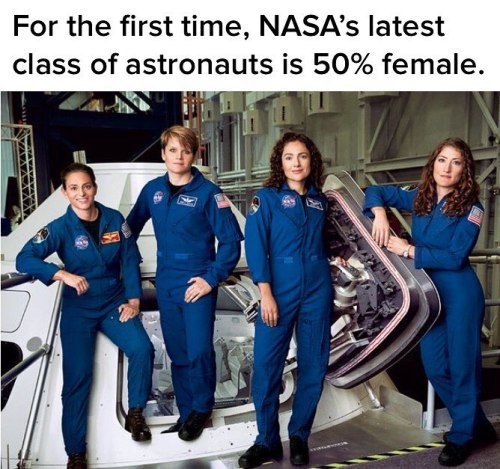
The new class of NASA astronauts if finally gender-balanced: 50% are women. What’s more — this class might be the one that gets to fly to Mars. (📷: @glamourmag)
Follow the-future-now on Tumblr and Instagram

Materials: 1. A wooden skewer 2. A clothespin 3. 1 cup of water 4. 2-3 cups of sugar 5. A tall narrow glass
Steps: 1. First, clip the skewer into the clothespin so that it hangs down inside the glass and is 1 in from the bottom of the glass. 2. Next, remove the skewer and clothespin and put the aside. 3. Then, pour the water into a pan and boil it. 4. Next, pour ¼ cup of sugar into the boiling water and stir till it dissolves. 5. Then, keep adding more sugar, each time stirring until it dissolves. 6. Next, remove the heat and allow it to cool for 20 minutes. 7. Then, ask an adult to pour the mixture into the jar to the top. 8. Next, submerge the skewer into the glass so it is hanging straight down the miss without touching the sides. 9. Finally, put it somewhere where it would not be disturbed and wait for the sugar crystals grow over the next 3-7 days.
Lesson: When you mix water and sugar, you created a saturated mixture, which means that the water could only hold the sugar if it was very hot. As the water cools, the sugar turns into crystals on the skewer.

Materials: 1. A sunny day 2. A glass cup filled up to 3 quarters of water 3. White Paper Steps: 1. First, take the glass of water and paper to a room that is near a window. 2. Next, hold a glass of water above the paper. 3. Finally, watch the sunlight pass through the glass and form a rainbow. Lesson: A rainbow can be found in a water fountain or in the mist of a waterfall. Rainbows form when the sunlight bends as it passes through raindrops in the sky. The sunlight refracts and separates into red, violet, yellow, orange, green, blue, and indigo.

The new class of NASA astronauts if finally gender-balanced: 50% are women. What’s more — this class might be the one that gets to fly to Mars. (📷: @glamourmag)
Follow the-future-now on Tumblr and Instagram
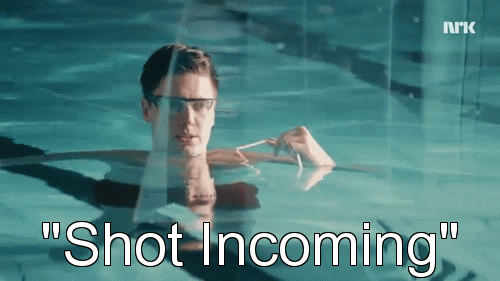

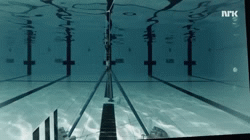
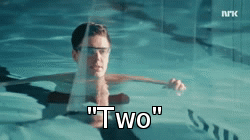
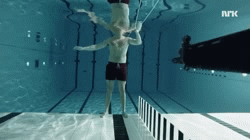
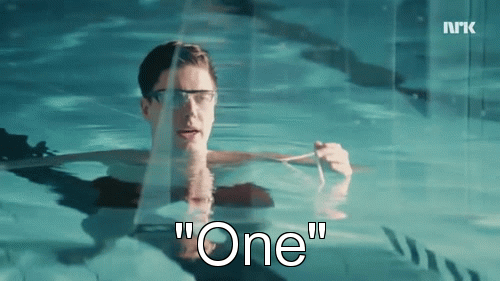
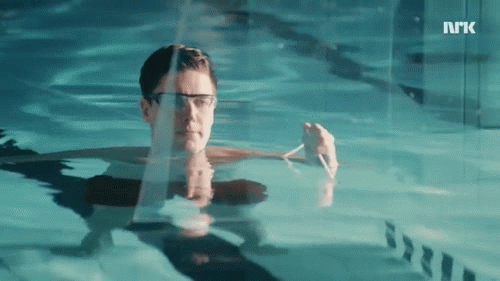
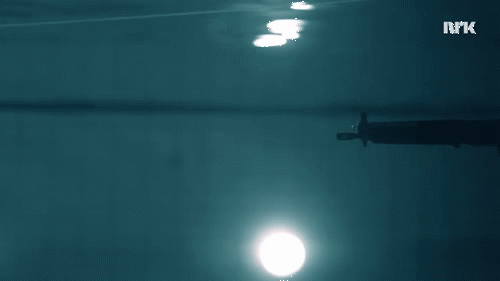
Physicist Andreas Wahl uses Extreme Experiments to Prove Physical Concepts.
In this edition, Wahl is attempting to show that “It’s harder to create movement in water than in air, because water molecules are closer together than air molecules”.
To prove this he puts himself in front of a gun submerged under water, which shows the strange reaction of the bullet in a denser medium.
(Andreas Wahl)
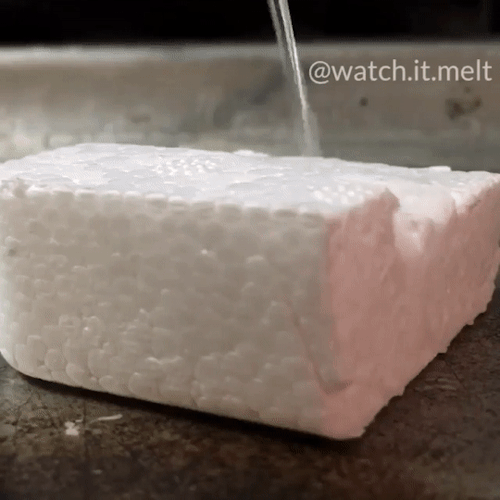
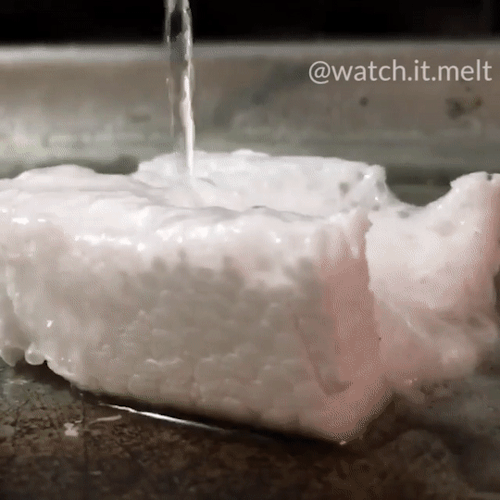
⚗️ styrofoam + sulfiric acid ⚗️
-
 tomydeartwertle reblogged this · 9 years ago
tomydeartwertle reblogged this · 9 years ago -
 girlfriendsofthegalaxy liked this · 9 years ago
girlfriendsofthegalaxy liked this · 9 years ago -
 bisexual-bifurcations reblogged this · 9 years ago
bisexual-bifurcations reblogged this · 9 years ago -
 mistakenforstrangerss liked this · 9 years ago
mistakenforstrangerss liked this · 9 years ago -
 bisexual-bifurcations liked this · 9 years ago
bisexual-bifurcations liked this · 9 years ago -
 sotohoto liked this · 9 years ago
sotohoto liked this · 9 years ago -
 littleantichrist liked this · 9 years ago
littleantichrist liked this · 9 years ago -
 laughingson04 liked this · 9 years ago
laughingson04 liked this · 9 years ago -
 mykingdomforacoffee reblogged this · 9 years ago
mykingdomforacoffee reblogged this · 9 years ago -
 a-bby7 liked this · 9 years ago
a-bby7 liked this · 9 years ago -
 clairejames909 reblogged this · 9 years ago
clairejames909 reblogged this · 9 years ago -
 clairejames909 liked this · 9 years ago
clairejames909 liked this · 9 years ago -
 lolakiko liked this · 9 years ago
lolakiko liked this · 9 years ago -
 colieoli liked this · 9 years ago
colieoli liked this · 9 years ago -
 livvwilleatyoursoul liked this · 9 years ago
livvwilleatyoursoul liked this · 9 years ago -
 clearlybeardedpaper liked this · 9 years ago
clearlybeardedpaper liked this · 9 years ago -
 funscienceexperiments reblogged this · 9 years ago
funscienceexperiments reblogged this · 9 years ago -
 angelofmercury liked this · 9 years ago
angelofmercury liked this · 9 years ago -
 two-crabs liked this · 9 years ago
two-crabs liked this · 9 years ago -
 princess-of-blood-and-bones reblogged this · 9 years ago
princess-of-blood-and-bones reblogged this · 9 years ago -
 aireeonuh reblogged this · 9 years ago
aireeonuh reblogged this · 9 years ago -
 aireeonuh liked this · 9 years ago
aireeonuh liked this · 9 years ago -
 cleansingneonlights reblogged this · 9 years ago
cleansingneonlights reblogged this · 9 years ago -
 cleansingneonlights liked this · 9 years ago
cleansingneonlights liked this · 9 years ago -
 ngt-neonrain liked this · 9 years ago
ngt-neonrain liked this · 9 years ago -
 geeneelee liked this · 9 years ago
geeneelee liked this · 9 years ago -
 dialmformara reblogged this · 9 years ago
dialmformara reblogged this · 9 years ago -
 theresnothingcruviswithme liked this · 9 years ago
theresnothingcruviswithme liked this · 9 years ago -
 thinkingredwizard reblogged this · 9 years ago
thinkingredwizard reblogged this · 9 years ago -
 thinkingredwizard liked this · 9 years ago
thinkingredwizard liked this · 9 years ago -
 sweatearswear reblogged this · 9 years ago
sweatearswear reblogged this · 9 years ago -
 maya-kholin reblogged this · 9 years ago
maya-kholin reblogged this · 9 years ago -
 fredscience-blog reblogged this · 9 years ago
fredscience-blog reblogged this · 9 years ago
Hi everyone! I'm Ashley P. and I'm a Girl Scout who wants to make a difference in the world. Currently, I've been working on my Gold Award Project, which is a project where Girl Scouts solve an issue in their community to earn the Gold Award. The Gold Award is the highest award a Girl Scout can achieve. In my project, I'm addressing the issue on how there are a lack of women in the STEM field by creating a program to do fun science experiments with younger girls. Also, I constructed this blog for parents and children to do exciting and simple experiments with their kids to spark a passion in this subject like what happened to me as a child. I hope you enjoy and try to accomplish the experiments I post! Also, please have adult supervision while completing these experiments.
210 posts